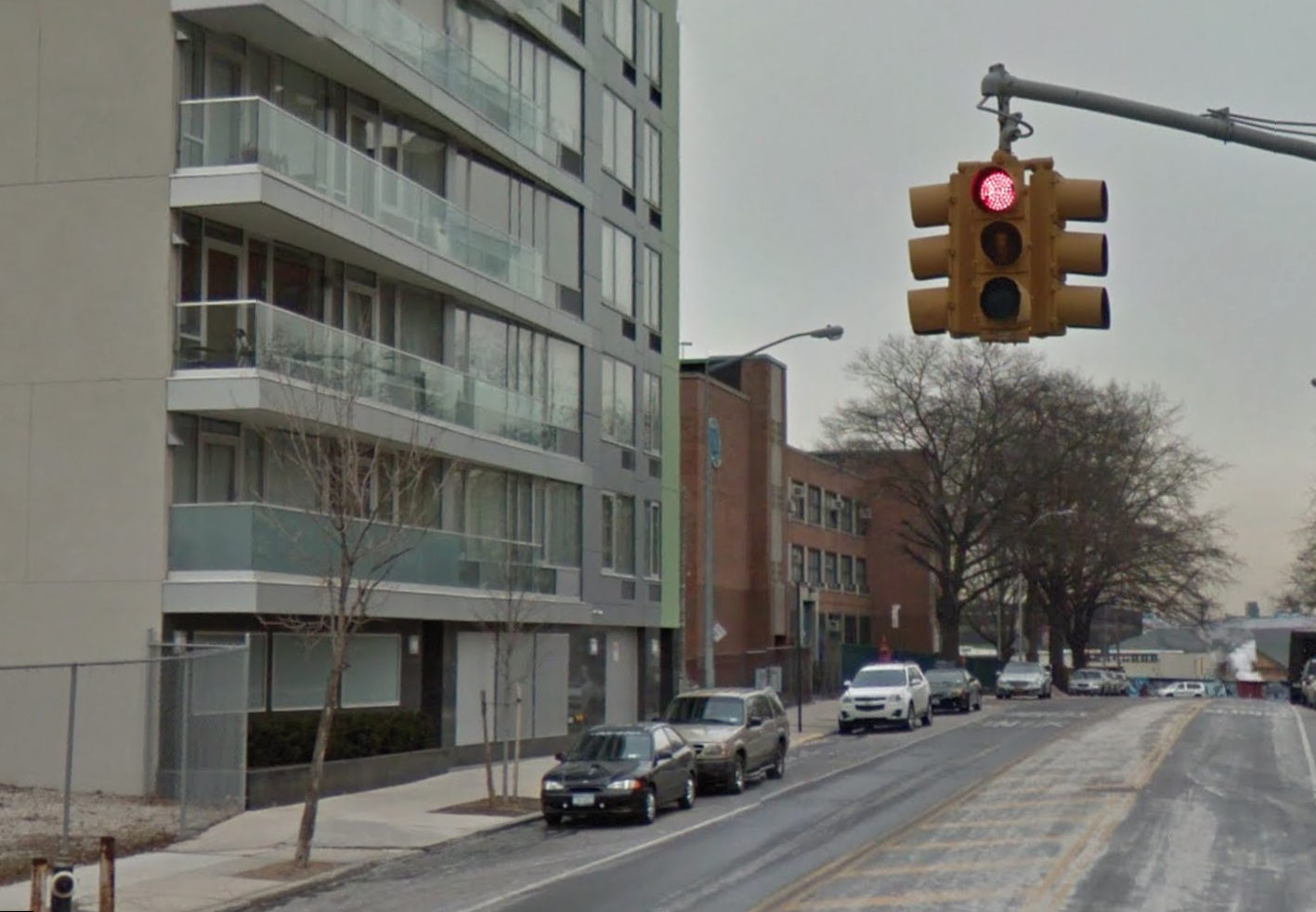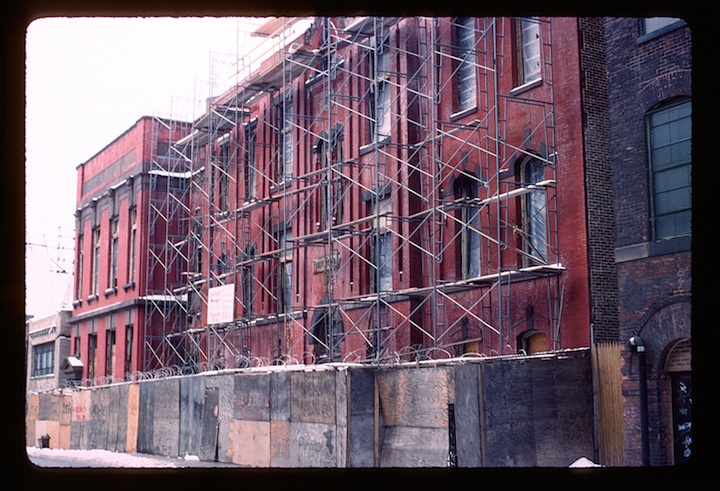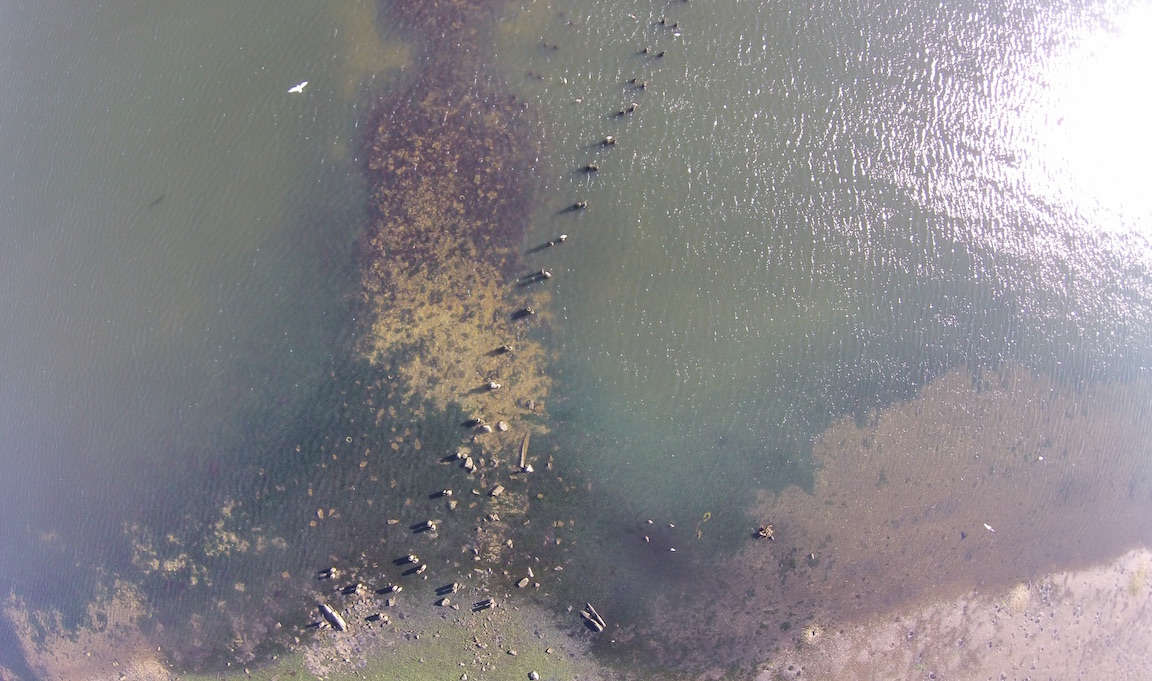GOTHAM’S FATHER OF PLAYGROUNDS

New York has had many memorable park chiefs, from the titanic Robert Moses to the inimitable Henry Stern, with his habit of dressing up as a tree and being “plantedhenry stern.” But in terms of heart, soul and sheer eccentricity, none can top the singular Charles Bunstein Stover.
Stover was appointed New York City’s park commissioner in 1910 by Mayor William Jay Gaynor and quickly gained notoriety for a series of baffling disappearances. Shortly before taking office he vanished for six weeks, ostensibly to immerse himself in a study of Italian landscape gardening. When three lion cubs were born at the Central Park Menagerie, Stover dropped out again, shutting himself in his library “with a vast pile of historical lore” and emerging only when he had settled on three good names for the cats—Akbar, Jumna, and Sheba. A final vanishing act in October, 1913 so alarmed city officials that footage of Stover was patched together by Pathé Frères and shown in 10,000 movie halls across the United States, in the hope that a patron might have seen him.
Speculation ran wild as to where, why and how Stover disappeared. A close friend wondered if the cause was not “a blow on the head or an excess of grief” over the death—from injuries sustained in an assassination attempt—of his beloved Mayor Gaynor. A lead traced Stover to Philadelphia; another suggested he drowned in Wilmington, where a body recovered in the Christiana River bore a “striking resemblance” to the missing commissioner. He surfaced briefly—alive—in New Orleans, but not before a story got out that he had taken up with a missing Chicago alderman at a San Francisco hotel. Then, on January 28, 1914, the peripatetic park chief quietly appeared again in New York, explaining only that he had been touring the South to study its cities.

Charles Bunstein Stover was born in Riegelsville, Pennsylvania in July, 1861, the son of a shopkeeper. While preparing for the ministry at Union Theological Seminary he suffered a shattering loss of faith—”a phalanx of terrible doubts,” Stover called it, “like a thunder-crash in the clear heavens.” The experience shook him deeply, plunging him into depression. Redemption came by way of Stanton Coit of the Ethical Culture Society, who convinced Stover to run the Society’s model tenement houses on Cherry Street. Stover eventually succeeded Coit as director of the Neighborhood Guild, the first settlement house in America. The Guild provided immigrant youth sanctuary from the streets, and was meant—in Stover’s words—”to encourage thrift and fellow-helpfulness, to purify and exalt the tastes, to excite opposition to all forms of injustice, and to kindle devotion to the common weal.” Later renamed University Settlement, the institution still exists in the same building at 184 Eldridge Street, where Stover lived—a lifelong bachelor—for 40 years. Its extraordinary list of alumni includes George and Ira Gershwin, Abe Beame and Jacob Javits.
In 1894 Stover’s melancholia struck again. Penniless after spending most of a small inheritance on civic causes, Stover seemed tormented now by a loss of faith in humanity. Hoping that a permanent change of scene might lift his spirits, he left New York for Europe, vowing never to return. But the stormclouds shadowed him across the Atlantic. Soon “his pessimism had grown so deep,” wrote biographer J. K. Paulding, “that he held the greatest crime of which a man could be guilty was that of perpetuating his own species.” And yet Stover faithfully kept his settlement-house boys informed, blog-like, of his travels. Not until the following summer in London, after a suicide attempt in which he nearly drowned in the Thames, did Stover finally emerge from his nadir. What spared his life was “a rush of angel-wings,” he later wrote, “which stirred the waters, and thrilled me with an impulse to get back to New York and engage in the battle for the right.”
The next 20 years were the most productive of Stover’s life. In 1898 he founded the Outdoor Recreation League, which opened “Hudsonbank” in Hell’s Kitchen—the first public playground in an American city (DeWitt Clinton Park today). The League established other playgrounds at Hamilton Fish, Seward, Corlear’s Hook and Mulberry Bend Parks. In 1903 Stover cheerfully proclaimed City Hall “fully converted to the playground idea.” As park commissioner Stover had the authority to make “scientific play” part of every Manhattan park. His Bureau of Recreation opened 30 new playgrounds on the island, launched a program of athletic competitions, folk-dance festivals and pageants, and organized a school garden program 80 years before Alice Waters and her Edible Schoolyards. Stover proposed erecting log cabins in city parks to recycle blight-felled chestnut timber and had rock excavate from construction of the Catskill Aqueduct trucked down to extend Riverside Park. He even succeeded in ridding Central Park of poison ivy—temporarily, at least.
Nor were Stover’s’ labors restricted to Manhattan: he also helped create Gotham’s first and only public park on the Atlantic. New Yorkers at the turn of the last century had no public beach access to the sea (Coney Island was nearly all in private hands at the time). “We have turned our backs on old Neptune,” lamented Stover, “as if our city stood in the midst of a great continent.” Stover envisioned building a great playground for the people on a stretch of then-remote oceanfront land in the Rockaways; for it was “high time,” he wrote, “for this municipality, like Venice, to go down to the sea and become its bride.” He urged the city to acquire the entire western end of Rockaway peninsula—from Belle Harbor to Breezy Point—while the land was cheap. At 850 acres, Stover’s seaside park would have been equal in size to Central Park. But the city dragged its feet and developers soon snatched up the property, churning much of the peninsula into a warren of cheap bungalows. The acreage eventually secured for what would become Jacob Riis Park—today part of Gateway National Recreation Area—was but a third of what Stover had envisioned.
Charles Stover’s advocacy for the public good knew few boundaries. As president of the East Side Civic Club he led a decade-long fight against elevated rail structures, arguing that they plunged streets into darkness and screeching clamor. It is due in part to his labors that New York became the first major American city to make public transit truly public—owned, that is, by the city and its citizens rather than leased to a private franchise. Achieving this was not easy. The Rapid Transit Commission was opposed; the people and their political leaders indifferent. The most forceful broadsides in favor of municipal ownership came from a mysterious Chadwick Civic Club, which most assumed was an august body of leading men. In reality it was just a front for Stover and a handful of his reformist buddies, who gather weekly at a Rivington Street bakery.
Stover is largely forgotten today, a status he would likely have appreciated. There are no parks—no playgrounds, even—named after him. He is recalled in the New York only by a memorial “whispering bench,” tucked in a corner of the Shakespeare Garden. It is but a stone’s throw from the Arsenal, headquarters of the Parks Department, a quiet spot in the city where our current Commissioner might well repair upon occasion to seek counsel from his kindhearted, often-absent predecessor.
















![IMG_5968[1] copy](https://www.builtbrooklyn.org/files/2015/11/IMG_59681-copy-wnnc5f.jpg)